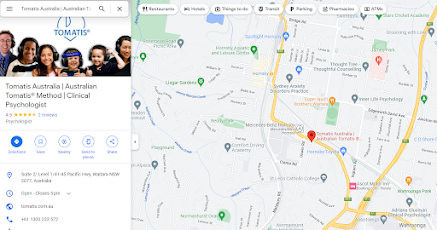Anxiety and Depression

Long-term psychological problems like anxiety and depression might interfere with your day-to-day activities. It's normal to worry occasionally when we face difficulties and obstacles like paying our bills, taking a test, or making a difficult decision. However, there is a chance that these conditions will manifest in you or a loved one if stress, trauma, frustration, and regret are experienced over an extended period. Anxiety and sadness might develop because of the brain's ability to alter (neuroplasticity) and repeated exposure to such unfavourable conditions. For instance, a dyslexic child struggles to grasp what is printed on the board, takes extra time to take notes, and misses much of what the teacher is discussing. He or she might struggle to catch up and receive subpar test results. Poor academic achievement can be quite upsetting for a child with the same intelligence potential as the other students. If this continues into maturity...

